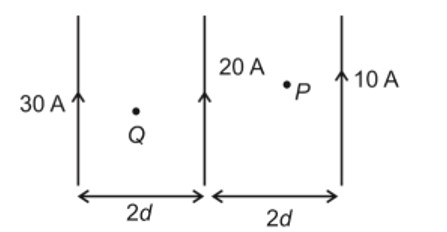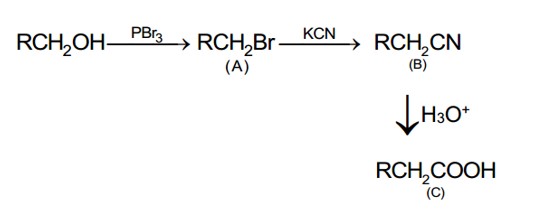The following solutions were prepared by dissolving 10 g of glucose (C₆H₁₂O₆) in 250ml of water (P₁), 10 g of urea (CH₄N₂O) in 250ml of water (P₂) and 10 g of sucrose (C₁₂H₂₂O₁₁) in 250ml of water (P₃). The right option for the decreasing order of osmotic pressure of these solutions is :
The following solutions were prepared by dissolving 10 g of glucose (C₆H₁₂O₆) in 250ml of water (P₁), 10 g of urea (CH₄N₂O) in 250ml of water (P₂) and 10 g of sucrose (C₁₂H₂₂O₁₁) in 250ml of water (P₃). The right option for the decreasing order of osmotic pressure of these solutions is :
Option 1 -
P₂ > P₁ > P₃
Option 2 -
P₁ > P₂ > P₃
Option 3 -
P₂ > P₃ > P₁
Option 4 -
P₃ > P₁ > P₂
-
1 Answer
-
Correct Option - 1
Detailed Solution:π = iCRT
P? = 1 × (10/180) × R × T (For Glucose)
P? = 1 × (10/60) × R × T (For Urea)
P? = 1 × (10/342) × R × T (For Sucrose)∴ P? > P? > P?
Similar Questions for you
CH3—CH2—CHO does not undergo Cannizzaro reaction because it has α-hydrogen.
Acetaldehyde (CH3CHO) gives positive lodoform test and positive Fehling's solution test
CH3—CH2—CHO does not undergo Cannizzaro reaction because it has α-hydrogen.
Taking an Exam? Selecting a College?
Get authentic answers from experts, students and alumni that you won't find anywhere else
Sign Up on ShikshaOn Shiksha, get access to
- 65k Colleges
- 1.2k Exams
- 679k Reviews
- 1800k Answers






